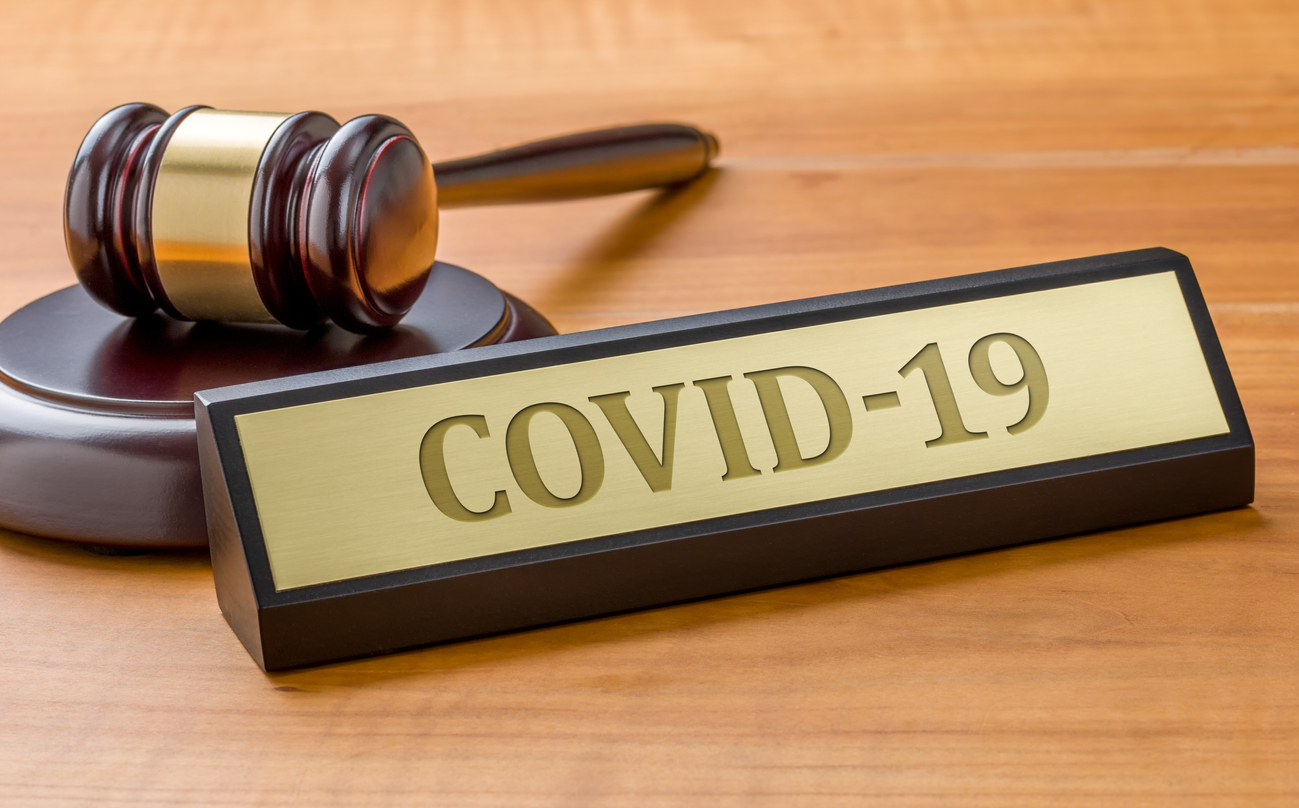This past week marked the beginning of the Atlantic Hurricane season which runs from June 1st through November 30th 2014, with peak season from mid-August to late October. Coastal communities from Atlantic Canada, through the U.S. Eastern and Gulf Coasts, Latin America, and the Caribbean are vulnerable to hurricanes and tropical storms during this 6 month period.
While the forecasters have predicted a relatively slow hurricane season this year with 8 to 13 tropical storms and 3 to 6 hurricanes1 there is no way to know whether any of these storms will make landfall on the U.S. Coastline. Given this possibility it makes good sense to be informed and prepared for a potential extreme weather event.
Hurricanes are not only capable of causing catastrophic damage along the coasts, but also can cause devastation several hundred miles inland. Hurricanes can cause heavy winds exceeding 155 miles per hour, tornadoes, and micro-bursts. They also produce storm surge, heavy rains, and inland flooding which are among the deadliest hazards created by hurricanes and tropical storms. For example, inland flooding can occur hundreds of miles from the coastline and is responsible for fully one quarter of the deaths caused by hurricanes and tropical storms in the last 50 years.2 Just because you don’t live by the shore doesn’t mean you won’t be affected by a hurricane.
The best way to protect yourself, your family, and your property from a hurricane is to prepare now and make sure you have an emergency plan. At a minimum make sure you know if you are in an evacuation zone, have an evacuation plan with an escape route, and have a disaster supply kit with water, non-perishable food, medical supplies, and an all weather radio with battery backup. Go to www.ready.gov and www.hurricanes.gov for detailed information on planning and preparedness.
Also, make sure you are properly insured for both wind and flood damage to your home and property. Review your homeowner’s policy and make sure that your premiums are paid up and that you have coverage for windstorm damage including hurricanes and tropical storms. It is also a good idea to verify if you have a hurricane deductible and how much it will be. Read your policy carefully!
Homeowner’s policies typically do not cover flood damages, so if you don’t have flood insurance it makes sense to get it, especially if you are in a high risk area. Flood insurance is the only way to financially protect your property from flood damage. It is backed by the federal government through the National Flood Insurance Program (NFIP) and can be purchased directly from the NFIP or through a private carrier acting as an agent of the government. For more information on purchasing flood insurance go to www.floodsmart.gov.
As I’ve said, the best way to protect yourself and your loved ones against a hurricane is to prepare in advance on all fronts. So be sure that you are informed and ready. It can save your life.
1 Slow Season Expected, http://www.cbsnews.com/news/the-2014-atlantic-hurricane-season-begins-6-things-to-know/
2 http://www.ready.gov/hurricanes


